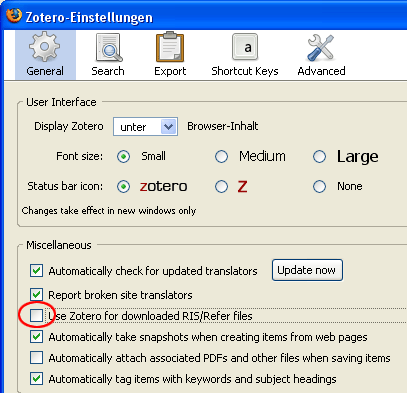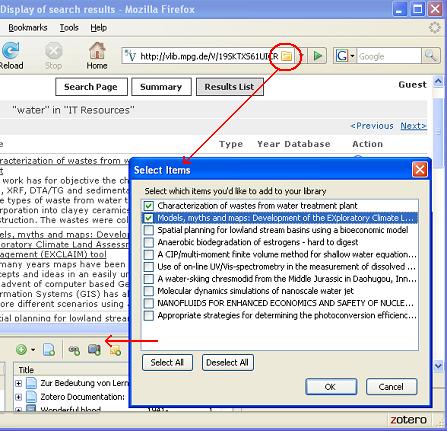Over the last years, many academic publishers introduced web syndication formats like RSS and Atom to provide their users with Table of Contents (TOC) alerting services. Due to the wide adoption of feed formats in the web, this trend promotes metadata reuse in many ways:
- Individual users may subscribe to TOC feeds in a reader client to receive information about recent publications. They can also apply web tools (like xfruits) to aggregate feeds and convert them to another message format.
- Website owners may use syndication services to dynamically integrate article information into their applications. For an example, check the homepage of the National Library of Health Sciences at the University of Helsinki (FeedNavigator boxes).
How to discover TOC feeds without searching each publisher’s homepage one after another? The ticTOCs project collected more than 12,000 journal feeds from over 400 publishers and offers an intuitive web interface on the top. In addition, the project team was broad-minded enough to share the source data with the community in order to ensure that journal feeds "osmose" into as many environments as possible. This strategy proved to be successful: the ticTOCs data is reused by numerous systems, including OCLC’s xISSN service, a Google application as well as library catalogs at Jönköping University or Wageningen UR …
… and finally we managed to load the data into the MPG/SFX link resolver as well, see http://tinyurl.sfx.mpg.de/q4r3 for an example:

However, one question remains: What will happen to the ticTOCs service now – after project end? Ed Pentz announced in the CrossRef Quarterly from May 2009 that "CrossRef is now investigating hosting the service on an ongoing basis", see version cached by Google. Currently, the ticTOCs homepage lacks an option to report problems or corrections, so the service manly relies on harvesting publisher websites. Will this be enough to keep the service up-to-date and unambiguous?
![]()




